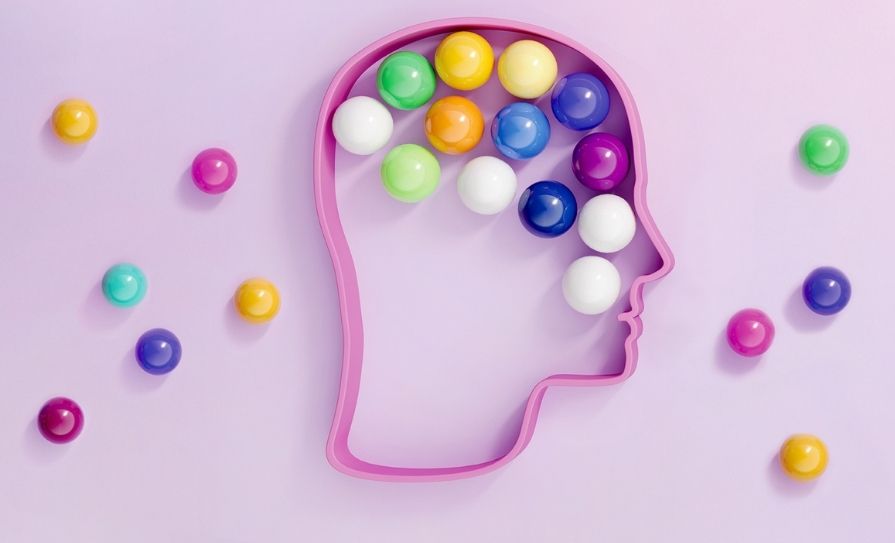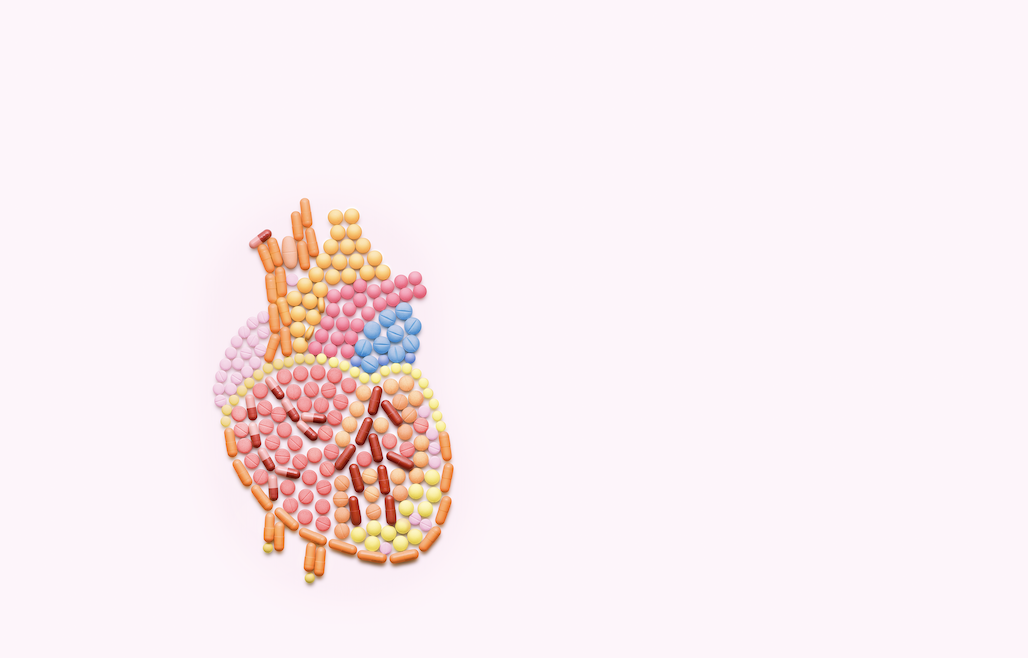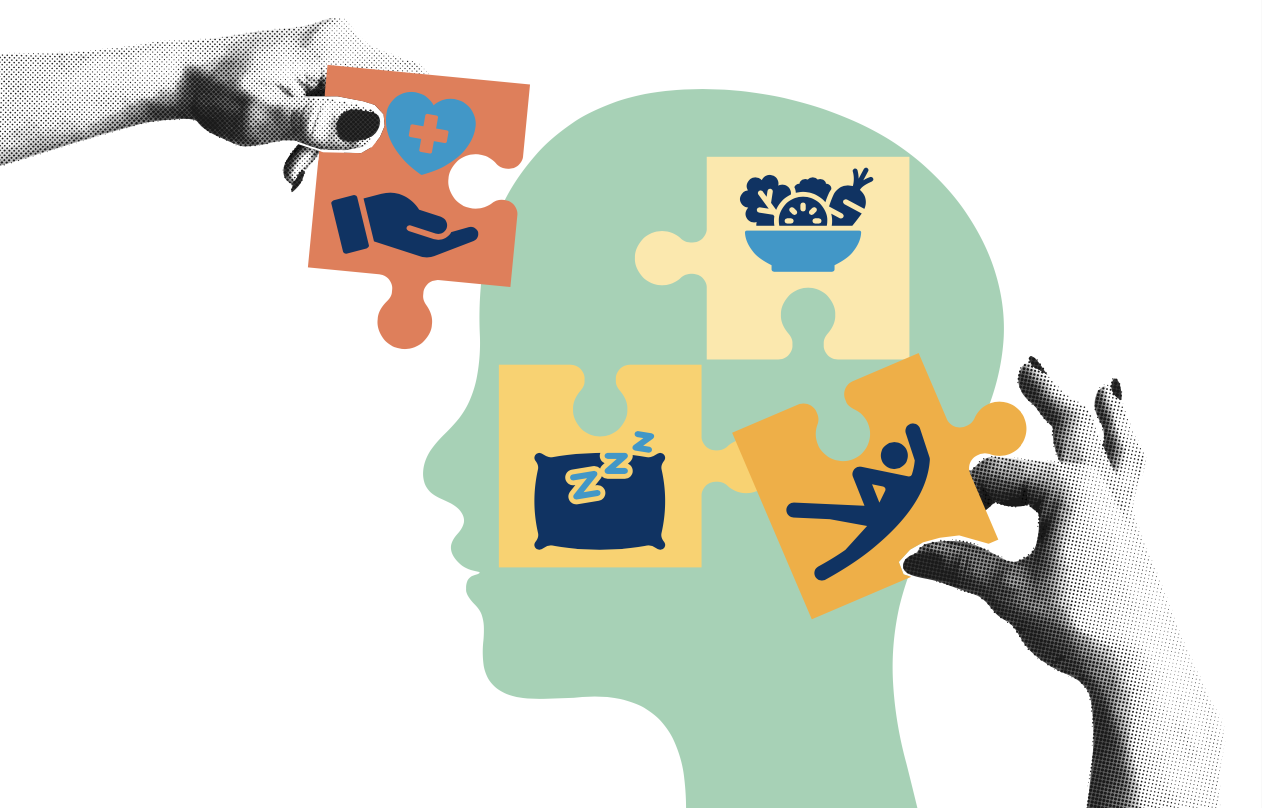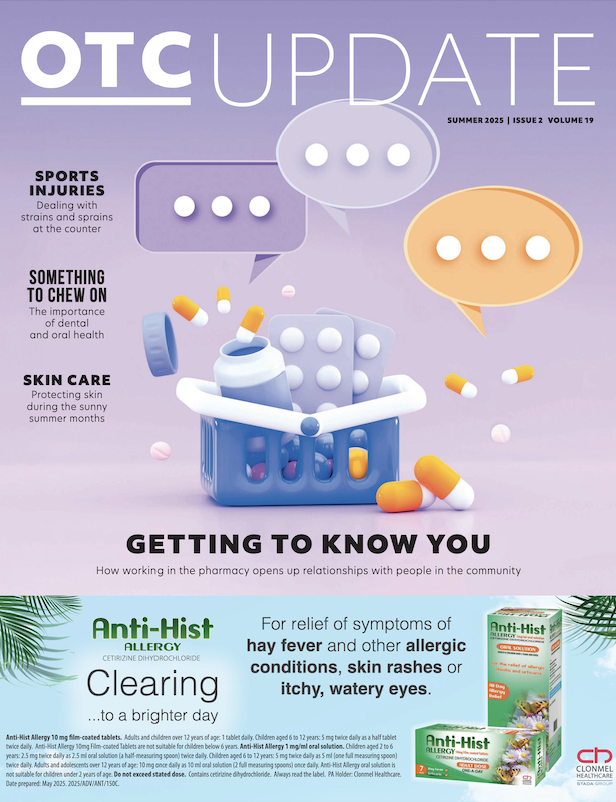The huge increase in mental health problems among children and adolescents is a challenge for all healthcare professionals, writes Donna Cosgrove
Introduction
Most mental health issues begin in the first 20 years of life, with many problems persisting into adulthood. It has been estimated that up to 20 per cent of children experience problems with mental health, and that this percentage has been increasing.1 This growing prevalence of mental health conditions in children and adolescents has been observed in both the UK (a ‘six-fold’ increase over a 19- year period) and in the US (ie, incidence of depression increased from 8.7 per cent in 2005 to 12.9 per cent in 2016).2 This information is difficult to ascertain from the data collected in Ireland, although CAMHS (Child and Adolescent Mental Health Services) estimated that by 2018, 1.6 per cent (n=18,719) of under 18-year-olds were attending the service at any given time.3

Attention deficit hyperactivity disorder Attention deficit hyperactivity disorder (ADHD) is the most frequent primary presentation to CAMHS in Ireland, with 31.6 per cent of young people referred with ADHD symptoms.4 It affects up to 5 per cent of the population,5 and is characterised by the core symptoms of hyperactivity, impulsivity, and inattention, when these are judged to be excessive for the person’s age or 4 developmental stage. It is diagnosed based on observation and reported behavioural symptoms when these are associated with the presence of functional impairment. The two main diagnostic systems (ICD-10 and DSM-5) require that the symptoms present over multiple settings, such as school/work life, home life, and leisure activities. These symptoms should be, or have been, present in early life, and may persist into adulthood. Typical ADHD symptoms may overlap with, as well as coexist with, other disorders (Figure 1), so careful differential diagnosis is required. Where there
are coexisting conditions (ie, mood/ learning/conduct disorders, anxiety disorders, personality disorders, bipolar disorders, obsessive compulsive disorder, substance misuse disorder), the level of impairment due to ADHD versus the level of impairment from the comorbid disorder is important to ascertain or differentiate. This will guide the treatment plan.
People in the following groups may have an increased prevalence of ADHD compared to the general population:4
- People who were born preterm;
- Children and young people with mood disorders, epilepsy, oppositional defiant disorder, or conduct disorder;
- People with other neurodevelopmental disorders such as autism spectrum disorder, tic disorders, or learning/intellectual disability;
- Adults with a mental health condition;
- People with a history of substance misuse;
- People known to the Youth Justice/Adult Criminal Justice System;
- People with acquired brain injury.
ADHD is thought to be undiagnosed in general, but particularly under- recognised in girls and women. They are less likely to be referred for ADHD assessment and more likely to receive an incorrect diagnosis of a different mental health/neurodevelopmental condition. Undiagnosed, untreated ADHD increases the risk of mental health and physical health issues.5
ADHD management
NICE recommends multidisciplinary specialist ADHD teams/clinics for children and young people, and separate teams/clinics for adults, where diagnosis, treatment, and consultations take place.4 A diagnosis of ADHD should only be made after a full clinical and psychosocial assessment has been made, including discussion about behaviour/symptoms in different settings, with a full developmental and psychiatric history, and observer reports and assessment of the person’s mental state. The diagnosis should not be made only using scales such as the Conners rating scales, or the Strengths and Difficulties Questionnaire, but these are useful if there is doubt about the symptoms.
With a diagnosis of ADHD, the people diagnosed (and their families) should have a structured discussion with the team or members of the team about aspects of ADHD, including:
- How the diagnosis can have a positive impact in terms of understanding symptoms, identifying strengths, improving access to services;
- Negative impacts of diagnosis, ie, stigma, labelling;
- Greater tendency for impulsive behaviour;
- How environmental modifications can reduce the impact of ADHD symptoms: Changes to seating arrangements or lighting and noise, reducing distractions (ie, using headphones), shorter periods of focus
ADHD is thought to be undiagnosed in general, but particularly under-recognised in girls and women
with movement breaks, reinforcing verbal requests with written instructions, appropriate use of teaching assistants at school;
- Education and employment issues (reasonable adjustments at school/ college, impact on career choices and rights, reasonable adjustments in the workplace);
- Increased risk of substance misuse and self-medication;
- Possible effects on driving (impaired driving with ADHD symptoms which may be improved with medication; the need to inform the National Driver Licence Service of their diagnosis).
These discussions should help to create a treatment plan. If ADHD symptoms are still causing significant issues after environmental modifications, medication can be introduced. CBT can also be beneficial for young people with ADHD who have found medication somewhat helpful, but are still symptomatic. CBT can address areas such as social skills with peers, problem solving, self-control, active listening, dealing with and expressing feelings.
No specific dietary modifications or supplements are recommended by NICE guidelines, other than a balanced diet with good nutrition and regular exercise. If symptoms are suspected to be aggravated by a certain food or drink, a food diary should be kept, and if a link is seen, referral to a dietitian can be offered. Supplementation with fatty acids for treating ADHD is not advised.
Pharmacological management of ADHD Medication, if initiated, should be done so only by healthcare professionals with expertise in diagnosing and managing ADHD.4 Before starting, a full assessment of the person with ADHD is required, including coexisting mental health and neurodevelopmental conditions, current educational/employment circumstances, risk assessment for drug misuse, and physical health, including a cardiovascular assessment.
Methylphenidate (either short- or long-acting) is the first-line treatment for treatment of ADHD in children aged five and over (although it is licensed only from ages six and up). If after a six-week trial, at an adequate dose, there has not been an improvement in symptoms, a switch to lisdexamfetamine may be tried. Non-stimulants atomoxetine or guanfacine are alternatives if the stimulants methylphenidate and lisdexamfetamine are ineffective or not tolerated due to side-effects. In adults, lisdexamfetamine or methylphenidate are recommended as first-line pharmacological treatments, with atomoxetine recommended as an alternative if not tolerated or ineffective.
Modified-release once-daily dosing preparations are generally more convenient, leading to improved adherence. If more flexible dosing regimens are needed, or during initial titration, immediate-release preparations may be more suitable. A modified-release preparation in the morning and immediate-release version later in the day may be useful to extend the duration of effect.
During titration, baseline symptoms, impairment, and adverse effects should be recorded on standard scales, and this should be repeated at each dose change. Frequent (weekly) review of progress by a specialist is recommended at this stage. Titration for symptom management and adverse effect management should be continued until dose optimisation is achieved, ie, reduced symptoms, positive behaviour change, improvements in education/employment and relationships, and tolerable side- effects. Once established, prescribing and monitoring can be carried out under shared care arrangements with primary care.
People on medication for ADHD are encouraged to monitor and record any potential side-effects by using an adverse effect checklist. All people receiving treatment for ADHD, whether or not they are taking medication, should have reviews and follow- ups suitable to the severity of their condition. For those taking medication:
- Height should be measured every six months (children and young people).
- Weight should be measured every three months in children under 10, and if over 10, measured at three and six months after initiation, followed by every six months thereafter.
- If weight loss becomes a concern, medication should be taken with rather than before meals, as well as additional food eaten in the afternoons and evenings when stimulant effects have worn off. A planned break from treatment or changing medication may be warranted.
- Heart rate and blood pressure should be monitored after every dose change and at every six-month interval.
- If sustained resting tachycardia is identified (>120bpm), or arrhythmia, or systolic blood pressure >95th percentile measured on two occasions, the dose should be reduced and the person referred to a specialist.
- If tics develop and are related to the stimulant, the dose should be reduced, or medication changed.
- Medication should be reviewed at least once a year and include a comprehensive assessment of the benefits, adverse effects, clinical need, impact on daily life and health, and need for support.
A systematic review into ‘drug holidays’, or withdrawal from pharmacological treatment for ADHD, found that there was generally an associated risk of ADHD symptom exacerbation, although for a small number of children and adults, there was a continued improvement in symptoms. In children and young people, withdrawal may also be linked to a deterioration in behaviour; however, in adults there was little evidence that there was a significant effect on quality of life and behaviour.6 Drug holidays may reduce adverse events, which may impact quality of life, although there is a risk that they might lead to less adherence to medication administration overall, even during non-holiday periods.
Child and adolescent mental health in Ireland National policy in Ireland (A Vision for Change, in place since 2006, sets out the direction for Mental Health Services in Ireland) has highlighted the importance of service user feedback in the assessment of healthcare quality and the development of future patient-centered service design.7 Although some services do collaborate with service users in certain teams and locations, a way to share this information on a larger scale has not been implemented.1 Robust epidemiological data is lacking in Ireland currently, with no routine systematic data collection in place.2 The time needed to put such a system in place is lacking. Funding is also an issue: Increased rates of referrals place further strain on an already pressured and under-resourced sector. The expectation is that Community Mental Health Teams will offer an appointment and see an individual within three months. In 2019, 72.2 per cent of new cases were seen in this period. Government spending
on mental health is still under 6 per cent of the total health budget, whereas WHO recommends a 10-to-12 per cent investment.
A systematic review looking at available research findings on specialist CAMHS in Ireland did not find any studies evaluating overall service effectiveness, cost effectiveness, or follow-up evaluations of services (to see if any benefits were sustained over time). There were some studies for satisfaction and for effectiveness of particular interventions.
Results indicated that once services were received, respondents (ie, service users and parents/carers) generally indicated high levels of satisfaction with the service, positive staff attitudes, and good therapeutic alliance. While many reported good continuity of care, unfortunately, a significant number still reported fragmented and inconsistent care with lack of support. However, information on service satisfaction is based only on feedback from families currently attending the service, meaning the people who quickly stopped attending CAMHS, or those not offered an appointment, would not have been included in the survey.
Unfortunately, serious questions have been raised in an independent review of CAMHS in 2023. In her
final report on the provision of CAMHS in the State, the Inspector of Mental Health Services, Dr Susan Finnerty, said: “I cannot currently provide an assurance to all parents or guardians in all parts of Ireland that their children have access to a safe effective, and evidence-based mental health service.”
Author: Dr Donna Cosgrove PhD. Donna’s overall aim is to improve patient outcomes through education. After graduating with a BSc in Pharmacy, she returned to university to complete a MSc in Neuropharmacology. This led to a PhD investigating the genetics of schizophrenia, followed by a postdoctoral research position in the same area. She has worked in hospital, research and community pharmacy settings and is currently a community pharmacist in Galway and a clinical writer.
References
1. Leahy D and McNicholas F. (2024). Systematic review of effectiveness and satisfaction evaluation in Child and Adolescent Mental Health Services in Ireland. Irish Journal of Psychological Medicine, 41(1), 107-118.
2. Lynch S, McDonnell T, Leahy D, Gavin B, and McNicholas F. (2023). Prevalence of mental health disorders in children and adolescents in the Republic of Ireland: A systematic review. Irish Journal of Psychological Medicine, 40(1), 51-62.
3. Ryan J (2020). HSE Mental Health Service: Delivering Specialist Mental Health Services 2019. Available http:// hdl.handle.net/10147/629125.
4. National Institute for Health and Care Excellence. (2019). Attention Deficit Hyperactivity Disorder: Diagnosis and Management [NG87]. Available: https:// www.nice.org.uk/guidance/ ng87/resources/attention- deficit-hyperactivity-disorder- diagnosis-and-management- pdf-1837699732933.
5 ADHD Foundation. (2020). Information on ADHD for ADHD clinics, school nurses, and GP Primary Care settings. Available https://www. adhdfoundation.org.uk/wp- content/uploads/2022/10/Ethypharm-Final-WEBSITE- version-_Nurses-Booklet- June-2020.pdf.
6. National Institute for Health and Care Excellence. (2018). Attention deficit hyperactivity disorder (update). Withdrawal from pharmacological treatment and drug holidays. NICE guideline NG87 https:// www.nice.org.uk/guidance/ ng87/evidence/i-withdrawal- and-drug-holidays- pdf-4783686309.
7. Government of Ireland. (2006). A Vision For Change. Available : https://www.hse. ie/eng/services/publications/ mentalhealth/mental-health— a-vision-for-change.pdf.







